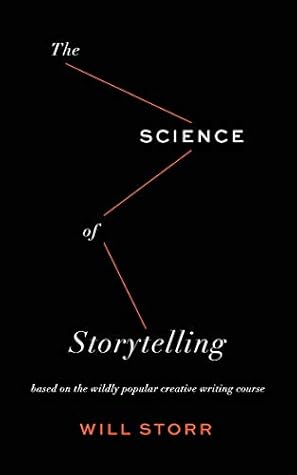More on this book
Community
Kindle Notes & Highlights
by
Will Storr
Read between
November 6 - December 17, 2024
The challenge any of us faces is that of grabbing and keeping the attention of other people’s brains. I’m convinced we can all become better at what we do by finding out a bit about how they work.
a plot can never work in isolation. This is why I believe the focus on plot should be shifted onto character. It’s people, not events, that we’re naturally interested in.
The place of maximum curiosity – the zone in which storytellers play – is when people think they have some idea but aren’t quite sure.
In his paper ‘The Psychology of Curiosity’, Loewenstein breaks down four ways of involuntarily inducing curiosity in humans: (1) the ‘posing of a question or presentation of a puzzle’; (2) ‘exposure to a sequence of events with an anticipated but unknown resolution’; (3) ‘the violation of expectations that triggers a search for an explanation’; (4) knowledge of ‘possession of information by someone else’.
If our senses are so limited, how do we know what’s actually happening outside the dark vault of our skulls? Disturbingly, we don’t know for sure.
The human world is predominantly that of people. Our hyper-social brains are designed to control an environment of other selves.
The controlled hallucination inside the silent, black vault of our skulls that we experience as reality is warped by faulty information.
Are we brave enough to change? This is the question a plot, and a life, asks of each us.


